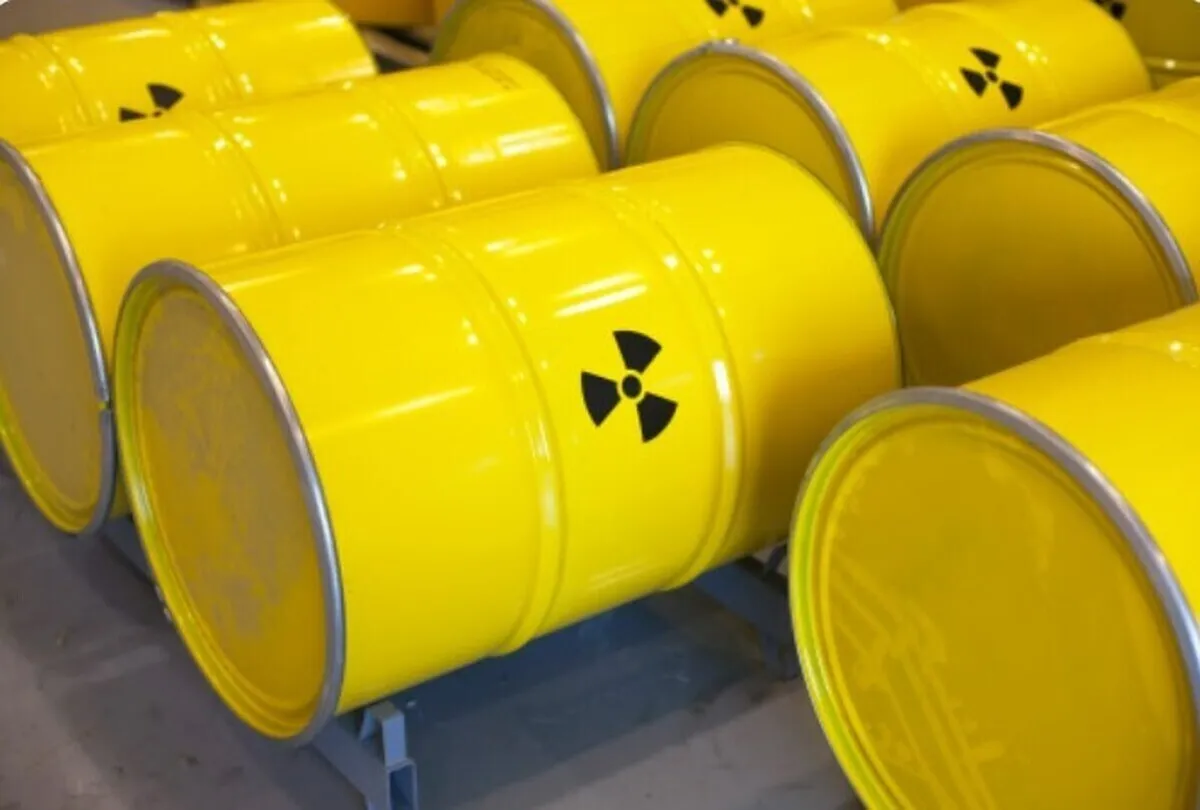Iranian Scientist, Colleagues Develop Glass-Ceramic Composite to Safely Contain Nuclear Waste

A team of researchers from the University of Saskatchewan (USask), led by Mikhchian, has discovered that an innovative glass-ceramic composite could show promise for the safe, long-term storage of nuclear waste. Corrosion-resistant, the new composite could make larger storage vessels than existing industrial standard ones. If their results are valid, this could prove revolutionary for the nuclear industry, specifically regarding how non-reusable nuclear waste is safely disposed of.
“Simply put, we want to find the best candidate for containing nuclear waste,” explained Mikhchian, who has published findings following a year-long study.
Nuclear power has the potential to be a cleaner alternative to fossil fuels. However, two main challenges have deterred widespread adoption: preventing leaching into the environment and safely disposing of large volumes of waste.
The storage of nuclear waste is subject to strict regulations and safety standards to ensure the protection of human health and the environment. The selection of the storage vessel depends on various factors, such as the type and level of radioactivity and consideration for long-term safety and security. High-level nuclear waste (HLW), for example, is the most radioactive and hazardous form of nuclear waste. It primarily consists of used nuclear fuel from reactors. HLW is typically stored in specialized containers made of metal canisters or concrete casks.
Intermediate-level waste (ILW) includes radioactive materials from various sources, including reactor components, contaminated equipment, and some waste from medical and industrial applications. ILW is stored in a similar manner to HLW, often in reinforced concrete containers or metal drums. Low-level waste (LLW) includes less radioactive materials, such as contaminated protective clothing, tools, and equipment from nuclear facilities, as well as materials from medical facilities and research labs. LLW is typically stored in engineered landfills or shallow burial sites.
Several countries are currently investigating or constructing deep geological repositories as a permanent solution for disposing of high-level nuclear waste. This technique involves burying the waste deep underground in stable geological formations to keep it isolated from the environment. But, USask's new findings could help.
In the new study, the USask team made significant progress in the fields of corrosion resistance and capacity of composite materials. Using the Canadian Light Source, Mikhchian and Professor of Chemistry Andrew Grosvenor conducted a study on a new glass-ceramic composite material and achieved promising results.
It was previously unknown what would happen over time due to corrosion. However, the team reports that we now have more information on its long-term effects.
“It’s important to ensure the waste product does not leach into the environment,” explained Mikhchian. To this end, the research team conducted their study to determine the amount of corrosion the material underwent after being exposed to water for a year. The team reported that the material performed well.
Using the VLS-PGM beamline at CLS and a beamline at the Advanced Photon Source, they analyzed results from various corrosion studies. The team discovered that the composite material resisted corrosion and was the most commonly used glass.
There are two main issues related to nuclear waste disposal: environmental concerns and the large volume of waste generated. Glass is currently used worldwide to store nuclear waste, but its load capacity is limited, meaning each container can only hold a small percentage of waste. In contrast, the new material can contain more waste, making it a promising solution for nuclear waste storage.
“These findings open doors for advancing nuclear power adoption and new reactor types,” says Grosvenor.
4155/v





















